Koh Ker: Archaeological Site of Ancient Lingapura or Chok Gargyar
10th-century temples from a short-lived capital city, origin of the Koh Ker style of sculpture.
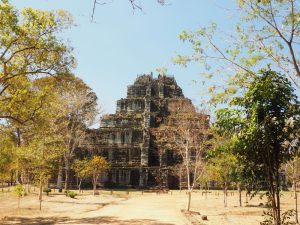
10th-century temples from a short-lived capital city, origin of the Koh Ker style of sculpture.

A huge trans-national site, significant in terms of geological processes, ecological zones, biodiversity and beauty.

A centuries-old Puebloan community that still practices the traditional ways, living in distinctive adobe houses.

A charming medieval town known for its tall towers and Sienese Gothic artworks.
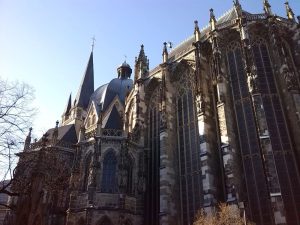
A monument of religious architecture from the Carolingian period of European unification under Charlemagne.
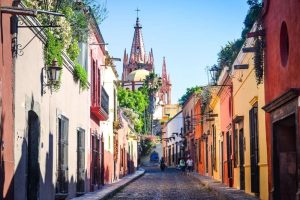
A colorful colonial-era town of Baroque architecture and its church complex with Mexican Baroque murals.
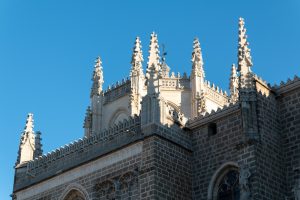
A small city where influences from three different world religions are visible in its architecture and art.

The remarkably-preserved remains of ancient Roman cities destroyed in a sudden eruption of Mount Vesuvius.
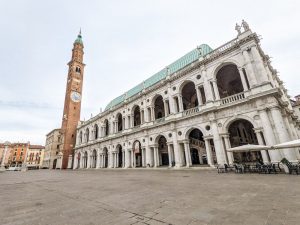
A collection of 16th-century architecture designed by Andrea Palladio in what is now known as Palladian style.

A magnificent 16th-century royal palace, particularly important for its artwork.

A beautiful park of volcanoes, lakes and waterfalls, perfect for hiking.

A 9th-century complex of hundreds of Hindu and Buddhist temples with stone carvings that are masterpieces of Siva art.

A beautiful subtropical nature reserve that is home to hundreds of species, including endangered animals like the Bengal tiger and the one-horned rhinoceros.
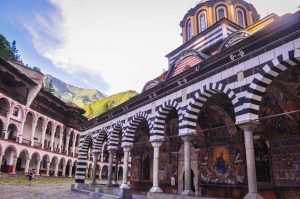
A monastery complex from the Bulgarian Renaissance, important to the spiritual and social life of Bulgaria.

A geologically complex volcano and the otherworldly landscape around it.
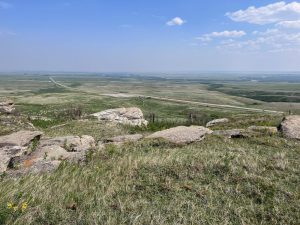
A site used for 6,000 years by Plains people to hunt buffalo by driving them over a cliff.
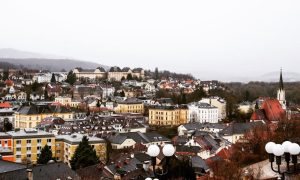
A picturesque segment of the Danube Valley with beautiful scenery and charming towns and villages.
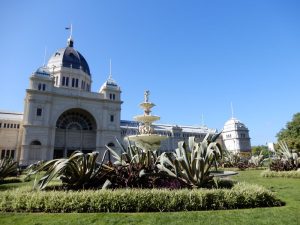
An exhibition building and surrounding gardens representing the importance of the 19th-century’s international exhibition movement.

An area of coral reefs, cays, atolls and other features supporting a huge variety of flora and fauna.
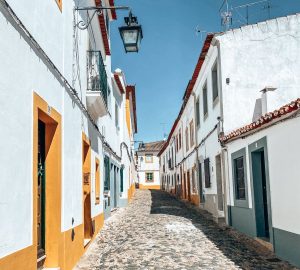
A museum city of architecture of the Portuguese golden age.
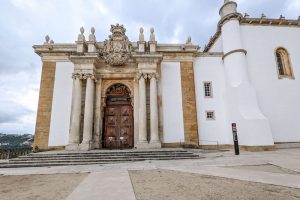
Portugal’s oldest university, with centuries of architecture and ancient traditions.
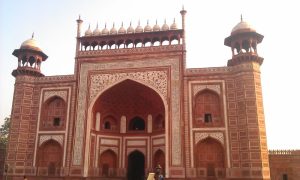
A stunning example of Mughal architecture in the form of a fortress containing palaces, audience halls and mosques.

Thirty ancient caves carved into a cliff wall, many of them filled with Buddhist paintings and sculpture.

A river valley landscape shaped by centuries of Port wine cultivation and production.

A charming 18th-19th-century British colonial fishing settlement with colorful wooden buildings.
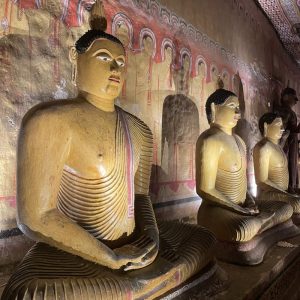
Five cave temples decorated with Buddhist paintings and sculpture, a place of pilgrimage for 2000 years.
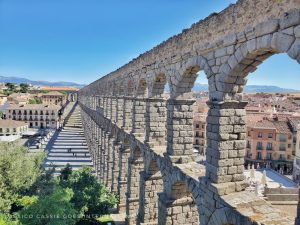
A city with an interesting history of coexisting cultural communities, and with several historic monuments including a wonderfully intact Roman aqueduct.
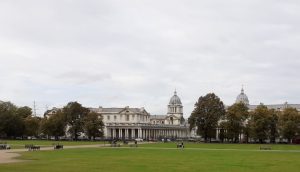
An elegant ensemble of architecturally important buildings from the 17th and early 18th century.

A stunningly beautiful park with mountains, lakes and forests, and the second-oldest trees in the world.
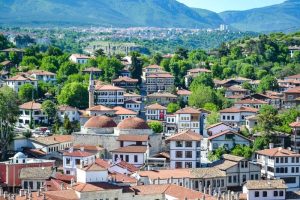
A medieval caravan stop on the Silk Road that contains many examples of traditional Ottoman architecture.
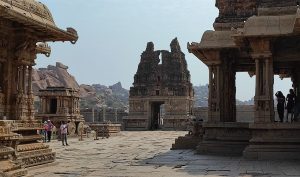
Hundreds of ruins of temples and other structures of the vanished Vijayanagara kingdom.
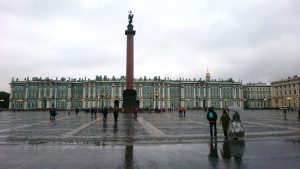
Peter the Great’s planned city of stunning Baroque architecture.
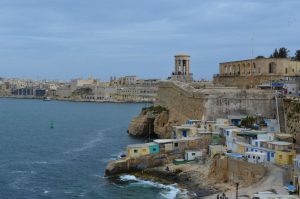
A fortified port city with a long military history and a Renaissance urban plan.
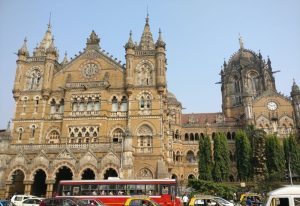
A busy 19th-century Gothic Revival train station in Mumbai that blends Victorian and Indian influences.
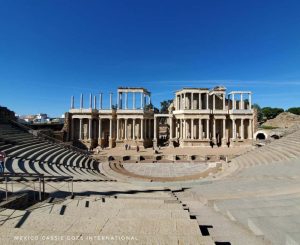
A large group of very well-preserved Roman buildings.

A huge and exceedingly beautiful waterfall on the Zambezi River.